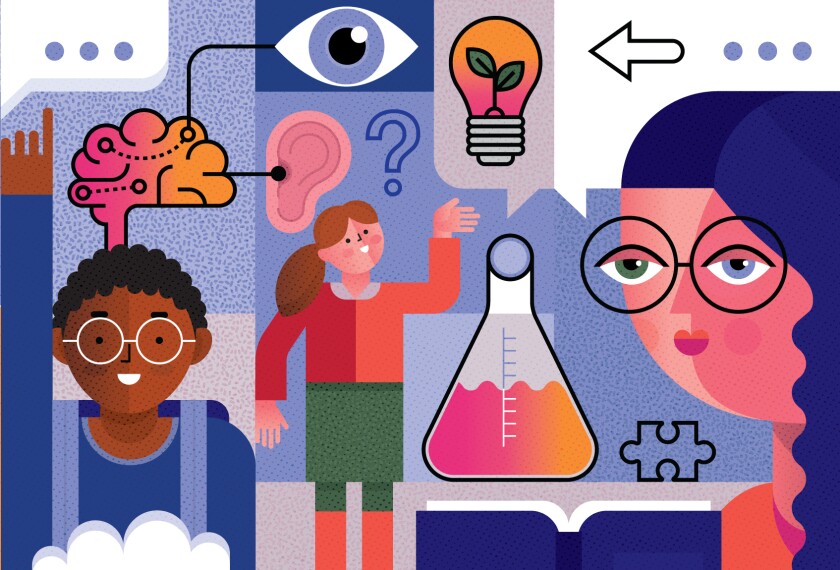States must act urgently to make sure every K-12 student has access to computer science education, wrote more than 500 top business, nonprofit, and education leaders in a July 12 letter to the governors and lead education officials in all 50 states.
The signatories include tech giants Amazon, Microsoft, and Google parent company Alphabet as well as companies that work primarily in other sectors of the economy, such as American Express, AT&T, Delta Airlines, Hasbro, Nike, Starbucks, UPS, and Walgreens. The letter also garnered signatures from education organizations, including the American Federation of Teachers and the nonprofit Khan Academy.
“Every student should learn computer science in the classroom,” said Susan Wojcicki, CEO of YouTube, in a statement. “When I was young, I didn’t see myself as someone who could work in tech, but I took a computer science class in college, and it changed the course of my career. I believe all students should have the opportunity to explore how computer science could impact their lives.”
It’s a big deal that so many top businesses most people may not think of as tech companies support the goal of expanding computer science education, said Hadi Partovi, the CEO of Code.org, in an interview.
“It helps people realize that this is about every industry, that every company is becoming a technology company and every company is suffering with the lack of preparation that our schools are giving to our students,” he said.
All 50 states have taken some action to broaden access to computer science, a signal that the move has bipartisan support, according to the letter. But right now, only slightly more than half of states—27—have adopted a policy to give all high school students access to computer science courses. Of those, just a dozen strive to give all K-12 students access, according to Code.org.
Currently, only 5 percent of high school students study computer science, the letter says. And only a slight majority of high schools—51 percent—offer classes in the subject. That’s despite high demand for computer science skills. There are currently about 700,000 open computing jobs, and only about 80,000 computer science graduates a year.
Schools may be better positioned than ever to expand their computer science offerings, the letter argues.
For one thing, K-12 students are far more likely to have access to a district-issued laptop or tablet. During the pandemic, the number of middle and high school students in 1-to-1 computing programs soared to 90 percent, up from roughly two-thirds before the pandemic, according to an April 2021 Education Week Research Center survey cited in the letter.
“As schools reopen, let’s use those laptops to teach computer science,” the letter says.
What’s more, due to a spike in remote working opportunities, rural students may not even have to leave their hometown to take on high-paying tech jobs once they graduate from high school or college. Now, “even the smallest town can become a tech hub; the key is education,” the letter says.
Top companies listed computer science among the skills they’d most like to see K-12 schools focus on, according to a story in Education Week earlier this year. But they also emphasized so-called soft skills, such as the ability to collaborate as part of a team, and interpersonal communication, and resiliency.






